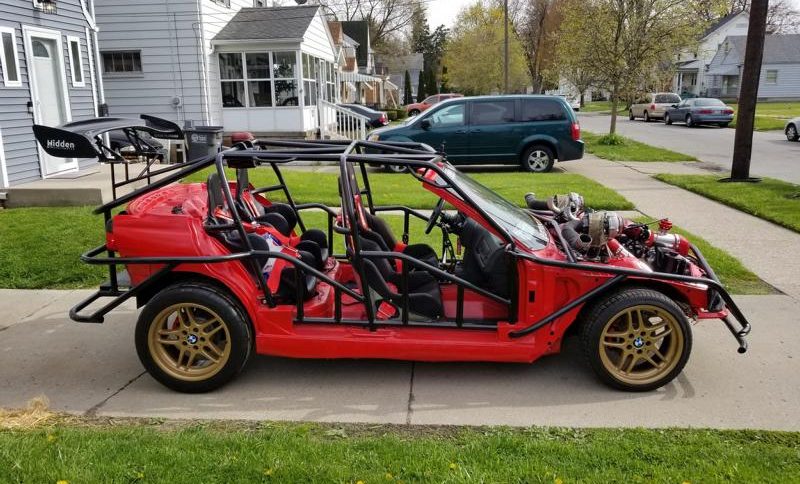Rollover protection systems, or ROPS service, are essential safety devices that prevent injuries and deaths in tractors. A simple device, the ROPS consists of two bars mounted on either side of the operator, connected by chains that are kept taught via springs or bungee cords. The rollover protection system keeps your head from contacting the ground if you lose control of your tractor and roll over while you’re operating it. Rollover protection systems have saved many lives over the years and should be used by anyone operating tractors or other heavy machinery where overturning may occur.
- Rollover Protection Systems
What are they and why should you care? When talking about rollovers, it’s important to remember that SUVs aren’t immune to rollovers. In fact, SUVs are more susceptible because they have higher ground clearance, which makes it easier for them to climb over something or get stuck. They also have higher centre of gravity than sedans (due to their larger size) which makes it easier for them to get tossed in a roll-over accident. In other words, owners of SUVs need both seat belts and roof-mounted anchors just as much as those who drive cars.
- Vehicle Stability Control (VSC)
You’ve probably seen (or heard) an electronic stability system in action. In general, it works by applying brakes to individual wheels when sensors detect that a vehicle is about to lose control. The faster and heavier you go, however, the more likely VSC will give up trying to correct your direction—or slow you down too much to avoid an accident.
- Anti-lock Braking System (ABS)
Anti-lock braking systems use sensors to sense when your wheels are about to lock up and automatically reduce brake pressure to avoid skidding or locking. ABS improves control and traction during braking, allowing you to steer while braking. All cars manufactured after 1996 have ABS, but many older cars still have non-ABS systems. For those vehicles, you can install an aftermarket electronic roll stability system that uses sensors in your steering wheel to detect a loss of steering input and activate your brakes.
- Electronic Stability Control (ESC)
First introduced to passenger vehicles in 1995, ESC has been found to prevent crashes, reduce crash severity and save lives. ESC utilises multiple vehicle systems, including anti-lock brakes (ABS), electronic brakeforce distribution (EBD) and traction control (TCS). When one of these systems detects an imminent loss of control, it automatically reduces engine power or applies individual brakes on one or more wheels to help maintain vehicle stability.
- Electronic Traction Control (ETC)
All modern cars have Electronic Traction Control (ETC) that can detect a slide and help bring it under control. It usually uses your ABS (Anti-lock Braking System) sensors to monitor if there are any wheels beginning to slip, which would indicate loss of traction. If you are travelling over 50 km/h, ETC will automatically activate in an emergency stop situation.
- Crash Avoidance Features
How it Works. A rollover can happen when your vehicle rolls or flips over onto its side, roof, or back. When your vehicle turns on its side, for example, it becomes less stable—and it’s more likely to keep rolling until it reaches an upside-down position. These types of crashes tend to be more severe because your tires lose traction and are unable to hold your vehicle in place.







